Chemical kinetics, the study of reaction rates, includes a broad range of procedures, evaluations, and computations. You might be wondering why anybody would bother with this, but it turns out that we can use kinetic data to learn more about a reaction than simply how quickly it proceeds. We can learn about the reaction's mechanism, or the path it follows from reactants to products. It is obvious that there must be a continuous channel between reactants and products when you consider a reaction from a molecular perspective. In most reactions, just one or two bonds are broken and generated as the reaction progresses; the reactants do not suddenly vanish and then reappearance as products. The sequence in which bonds are broken and created, as well as the intermediate species involved, are indicated by this process or mechanism. However, we must rely on deductive techniques to understand what is happening because we cannot directly observe what occurs at the molecular level during a reaction. Some species in reaction pathways may only be present for femto (1015) or atto (1018) seconds, even when utilising advanced spectroscopic methods, which are covered in greater depth in the spectroscopy section. These events are challenging to analyse, and much of the most cutting-edge work being done today in physics and chemistry is focused on identifying and describing these fleeting molecular-level occurrences.
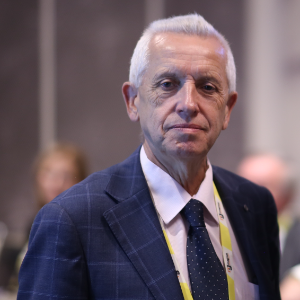
Stanislaw Dzwigaj
Sorbonne University, France
Dai Yeun Jeong
Asia Climate Change Education Center, Korea, Republic of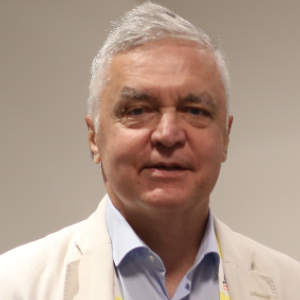
Sergey Suchkov
N.D. Zelinskii Institute for Organic Chemistry of the Russian Academy of Sciences, Russian Federation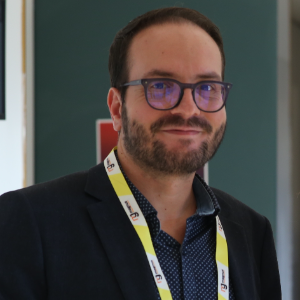
Enrico Paris
CREA-IT & DIAEE, Italy
Rabeharitsara Andry Tahina
GPCI-ESPA Antananarivo University, Madagascar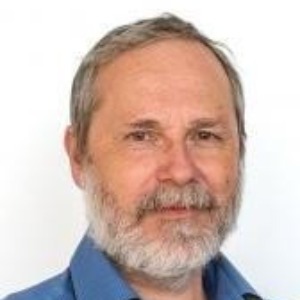
Jiri Dedecek
J Heyrovsky Institute of Physical Chemistry , Czech Republic
Uday Som
Research and Development Engineer, Japan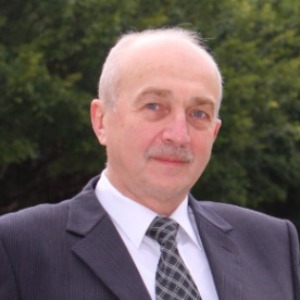
Vladimir G Chigrinov
Hong Kong University of Science and Technology, Russian Federation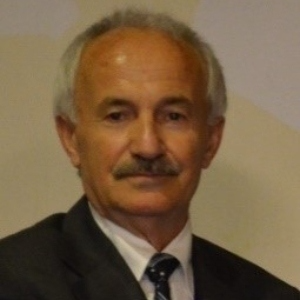



Title : Distant binuclear vanadium V(II) cationic sites in zeolites and their reactivity
Jiri Dedecek, J Heyrovsky Institute of Physical Chemistry , Czech Republic
Title : Advanced nanostructures for carbon neutrality and sustainable H₂ energy
Tokeer Ahmad, Jamia Millia Islamia, India
Title : Personalized and Precision Medicine (PPM) as a unique healthcare model via bi-odesign, bio- and chemical engineering, translational applications, and upgraded business modeling to secure the human healthcare and biosafety
Sergey Suchkov, N.D. Zelinskii Institute for Organic Chemistry of the Russian Academy of Sciences, Russian Federation
Title : Antibody-proteases as a generation of unique biomarkers, biocatalysts, potential targets and translational tools towards nanodesign-driven biochemical engineering and precision medical practice
Sergey Suchkov, N.D. Zelinskii Institute for Organic Chemistry of the Russian Academy of Sciences, Russian Federation
Title : Dimethyl ether synthesis from syngas over Cu-Zn/Al2O3 catalysts prepared using the Sol-Gel method
Uday Som, Research and Development Engineer, Japan
Title : Influence of various catalysts on H₂ enhancement and CO2 capture during syngas upgrading
Enrico Paris, CREA-IT & DIAEE, Italy
Title : Photoaligned azodye nanolayers : New nanotechnology for liquid crystal devices
Vladimir G Chigrinov, Hong Kong University of Science and Technology, Russian Federation
Title : Application of vanadium, tantalum and chromium single-site zeolite catalysts in catalysis
Stanislaw Dzwigaj, Sorbonne University, France
Title : Advances in heterogeneous catalysis for green conversion of propene to aldehydes and alcohols
Ram Sambhar Shukla, CSIR-Central Salt and Marine Chemicals Research Institute (CSMCRI), India
Title : Oxidation of methane to methanol over pairs of transition metal ions stabilized in the zeolite matrices
Jiri Dedecek, J Heyrovsky Institute of Physical Chemistry , Czech Republic